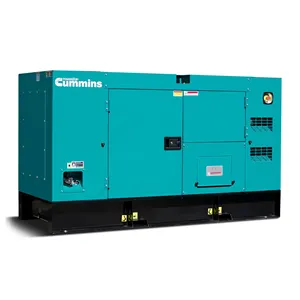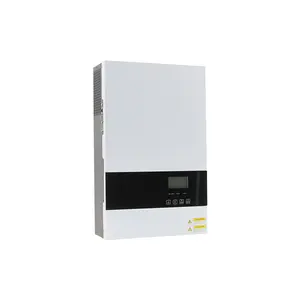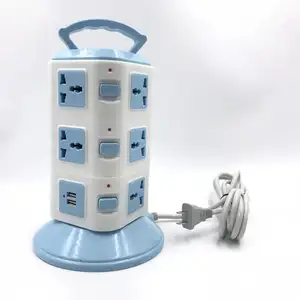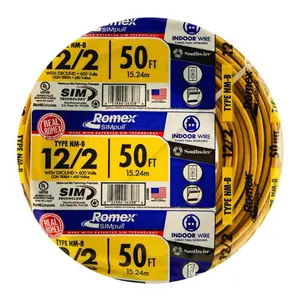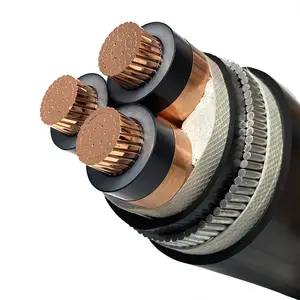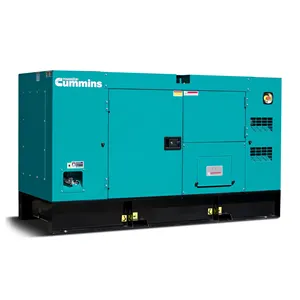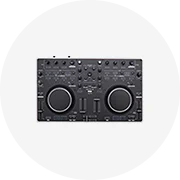Популярное в вашей отрасли
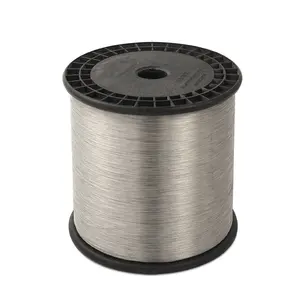





Лидер продаж, алюминиевая проволока с эмалированным медным покрытием для катушек, сертификация reach sgs
611,58 ₽ - 815,78 ₽
Минимальный заказ: 500 кг
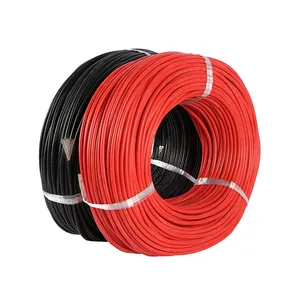





4 6 8 12Awg 14 18 22 24 26 28 Awg высокотемпературный нагревательный силиконовый резиновый мягкий кабель гибкий электрический силиконовый провод
1,03 ₽ - 2,05 ₽
Минимальный заказ: 305 м







18 20 22 24 26 AWG датчик высокой температуры термостойкий твердый медный кабель с резиновой оплеткой силиконовый провод
3,07 ₽ - 15,32 ₽
Минимальный заказ: 100 м







Электрические 10 AWG твердых кабель THHN THWN-2 многожильный медный Установочный провод датчика цена на ногу
20,42 ₽
Минимальный заказ: 1000 м







H05V-R провод, одножильный, 0,5 мм, 0,75 мм, 1 мм, 1,5 мм, 2,5 мм, BVR/BV, ПВХ, дом, медный электропроводка, Электрический кабель
23,49 ₽ - 199,10 ₽
Минимальный заказ: 500 м







14 AWG многожильный THHN THWN-2 медный Электрический кабель провода здания
10,21 ₽
Минимальный заказ: 1000 м







Силиконовый кабель 4 ядра 26 awg провод гибкий 300V 150C мульти core11strands медные провода
5,11 ₽ - 51,05 ₽
Минимальный заказ: 305 м






Провод электрического кабеля 300 В 16 18 20 22 24 26 28 30 AWG Луженая медь электрические многожильные провода UL1007
1,03 ₽ - 102,10 ₽
Минимальный заказ: 305 м






Высокотемпературный термостойкий медный резиновый кабель 12 14 16 18 20 22 24 26 AWG Калибр 3212 силиконовый провод
1,03 ₽ - 2,05 ₽
Минимальный заказ: 1 м





Американский стандарт 26 AWG 0.16TS 1617 двойная изоляция ПВХ оболочка Электрический провод с полной медью
3,07 ₽
Минимальный заказ: 610 м






Мягкий силиконовый провод 26 awg 3 кв, высокая температура 200 градусов od 0,12 мм квадратный силиконовый провод, кабели для литиевых батарей
Готово к отправке
857,64 ₽ - 918,90 ₽
Минимальный заказ: 1 рул.
Доставка за штуку: 204,20 ₽






Самые популярные категории
О 26 awg многожильный провод
Покупайте 26 awg многожильный провод у проверенных поставщиков на Alibaba.com и получайте товары прямо у порога. Эти провода могут быть полезны в домашнем хозяйстве, а также во многих отраслях промышленности. Они преобразуют электричество в тепло с помощью очень электрически стойкого провода. Существует множество продуктов прямой и спиральной формы, отвечающих требованиям к проводимости.
Существует множество 26 awg многожильный провод изделий, изготовленных из разных материалов и разного размера, которые можно купить на Alibaba.com. Проволока изготавливается из металлов, таких как нихром, медь или другие сплавы. Свойства металла влияют на поведение всего оборудования и его последующее применение. Самыми распространенными вариантами являются нихромовые провода из-за их идеального характера. Они не только обладают высокой прочностью, но и образуют вокруг себя оксидный слой, защищая тем самым внутренние слои. Канталовая проволока - еще один вариант, она состоит из алюминия, хрома и железа. Для нагрева при низких температурах идеально подходят мельхиоровые проволоки.
26 awg многожильный провод широко используются из-за множества желаемых свойств, которыми они обладают. Они могут выдерживать экстремальное количество тепла, противостоять окислению и устойчивы к коррозии, вызванной такими факторами окружающей среды, как влажность. У них есть несколько применений в домашнем хозяйстве, например, в тостерах или фенах. Они также используются в различных отраслях промышленности, включая авиакосмическую, медицинскую диагностику и строительство. Некоторые модели обеспечивают обогрев дорожек, подогрев полов и подогрев крыш.
Выбирайте из эксклюзивного ассортимента 26 awg многожильный провод, чтобы найти продукты наилучшего качества, соответствующие требованиям. Эти провода очень универсальны и имеют несколько применений как в домашнем хозяйстве, так и в промышленности. Они имеют стабильную структуру, выдерживают высокие температуры и рассчитаны на длительный срок службы. Посетите Alibaba.com и приобретите превосходные продукты для отопления по доступным ценам.
Существует множество 26 awg многожильный провод изделий, изготовленных из разных материалов и разного размера, которые можно купить на Alibaba.com. Проволока изготавливается из металлов, таких как нихром, медь или другие сплавы. Свойства металла влияют на поведение всего оборудования и его последующее применение. Самыми распространенными вариантами являются нихромовые провода из-за их идеального характера. Они не только обладают высокой прочностью, но и образуют вокруг себя оксидный слой, защищая тем самым внутренние слои. Канталовая проволока - еще один вариант, она состоит из алюминия, хрома и железа. Для нагрева при низких температурах идеально подходят мельхиоровые проволоки.
26 awg многожильный провод широко используются из-за множества желаемых свойств, которыми они обладают. Они могут выдерживать экстремальное количество тепла, противостоять окислению и устойчивы к коррозии, вызванной такими факторами окружающей среды, как влажность. У них есть несколько применений в домашнем хозяйстве, например, в тостерах или фенах. Они также используются в различных отраслях промышленности, включая авиакосмическую, медицинскую диагностику и строительство. Некоторые модели обеспечивают обогрев дорожек, подогрев полов и подогрев крыш.
Выбирайте из эксклюзивного ассортимента 26 awg многожильный провод, чтобы найти продукты наилучшего качества, соответствующие требованиям. Эти провода очень универсальны и имеют несколько применений как в домашнем хозяйстве, так и в промышленности. Они имеют стабильную структуру, выдерживают высокие температуры и рассчитаны на длительный срок службы. Посетите Alibaba.com и приобретите превосходные продукты для отопления по доступным ценам.
